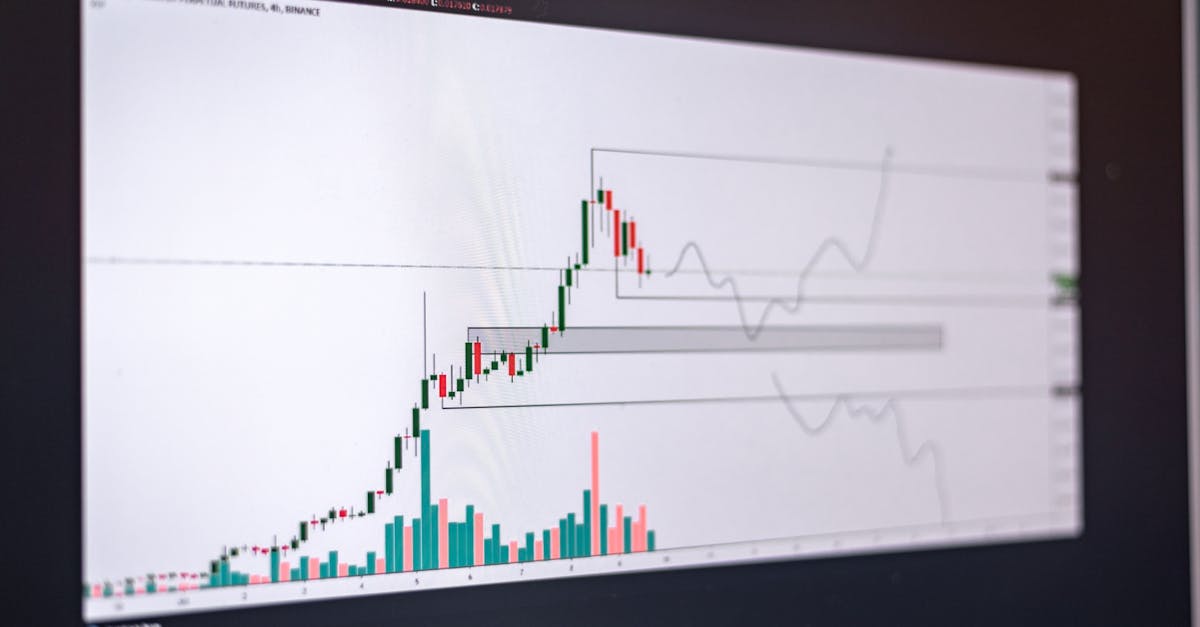Trending Financial Foresights 2026
Introduction
In the dynamic world of finance, the landscape is constantly shifting, with opportunities and risks emerging in tandem. As we look ahead to 2026, a slew of financial trends are poised to significantly impact the global economy. From digital currencies to sustainable investments, the avenues through which businesses and individuals navigate financial horizons are becoming increasingly complex. Economic predictions suggest a pivot towards greener policies, accelerated technology adoption, and robust market strategies. Meanwhile, volatile geopolitical climates add an element of unpredictability. Understanding these trends is essential for investors, policymakers, and everyday individuals to navigate the forthcoming years effectively.
Advertisement
Digital Currencies and Blockchain Evolution
By 2026, digital currencies will have further integrated into mainstream financial systems, revolutionizing how transactions are conducted. Central Bank Digital Currencies (CBDCs) will likely gain traction, with major economies experimenting with or implementing them. Blockchain’s versatility will enhance transparency, reduce fraud, and streamline operations across various industries. As more institutions adopt these digital assets, regulatory frameworks will solidify, aiming to balance innovation with security. This evolution promises to democratize financial access while challenging traditional banking operations.
Advertisement
Sustainability as a Financial Imperative
Sustainability has transitioned from a buzzword to a core pillar within financial strategy, with Environmental, Social, and Governance (ESG) criteria driving investment decisions. As governments commit to ambitious carbon targets, businesses are under increasing pressure to adopt sustainable practices. By 2026, green finance instruments, such as green bonds and eco-friendly loans, will become increasingly prevalent. Investors are likely to favor companies with transparent sustainability goals, influencing benchmarks across industries. This shift towards sustainability not only reduces ecological footprints but can also yield significant financial returns.
Advertisement
Automation and Artificial Intelligence in Finance
Explosive advancements in artificial intelligence and automation are set to reshape the financial services industry by 2026. AI-driven analytical tools will provide real-time insights, forecasting inaccuracies, and optimizing portfolio management. Automated trading systems will further eliminate human error, offering precision in swiftly changing markets. However, the rise of AI brings challenges, particularly concerning job displacement and ethical considerations. Navigating the balance between technological adoption and human oversight will be pivotal for future financial stability.
Advertisement
Cybersecurity: A Non-Negotiable Priority
As financial systems become increasingly digitalized, the emphasis on cybersecurity cannot be understated. By 2026, financial institutions, governments, and corporations will likely intensify their cybersecurity measures. The proliferation of cyber threats necessitates robust defenses, including advanced threat detection systems and AI cybersecurity solutions. Data privacy and protection will remain at the forefront, with regulations evolving to safeguard sensitive information. Establishing a secure financial ecosystem will be critical to maintaining consumer trust and preventing catastrophic losses.
Advertisement
Globalization and Geopolitical Influences
In 2026, globalization will continue influencing markets, though it will be tempered by ongoing geopolitical conflicts and trade negotiations. The interplay between global powers and emerging markets will shape supply chains, trade policies, and market accessibility. Economic sanctions, trade wars, and international agreements could pivot strategic alliances, impacting financial flows. Navigating the global financial landscape will require adept handling of international relations and anticipation of economic shifts spurred by political maneuvers.
Advertisement
Decentralized Finance and Peer-to-Peer Transactions
Decentralized finance (DeFi) is projected to make significant strides by 2026, offering users decentralized alternatives to traditional finance services. P2P transactions will empower individuals with greater financial control, bypassing middlemen and potentially reducing costs. Smart contracts will automate processes, enhancing reliability and efficiency. However, navigating this burgeoning frontier involves understanding inherent risks, such as regulatory challenges and security vulnerabilities. As DeFi matures, it promises to expand financial access while fostering innovation.
Advertisement
The Rise of the Retail Investor
The democratization of financial markets will continue, with retail investors playing a more prominent role in 2026. Social media platforms and digital forums amplify financial discourse, democratizing financial insights and enabling collaborative investment strategies. The influence of retail investors in financial markets will reshape dynamics, with increased participation affecting market volatility and impelling regulators to reconsider policies governing market access. As individuals become more financially literate, the traditional dichotomy between retail and institutional investors will blur.
Advertisement
Resilience and Crisis Management Strategies
In an era of uncertainty, building resilience against financial downturns will dominate strategic considerations by 2026. Lessons learned from previous economic crises will underscore the importance of robust crisis management frameworks. Diversified investment portfolios, flexible business models, and strategic partnerships will help mitigate risks. Moreover, the emphasis on scenario planning will necessitate proactive measures, as companies anticipate and prepare for potential disruptions. The ability to adapt swiftly to changing market dynamics will be a defining characteristic of resilient entities.
Advertisement
Conclusion
As the financial world gears up for 2026, the convergence of cutting-edge technology, regulatory evolution, and societal expectations shapes a complex and exciting future. Embracing innovative financial practices presents opportunities, yet forethought and adaptability remain crucial amid global unpredictability. By understanding these emerging trends—digital currencies, sustainability, and automation—stakeholders can strategically position themselves for success. In a rapidly evolving landscape, foresight and preparation will dictate who thrives and who merely survives, as markets continue to oscillate between change and stability.
Advertisement








